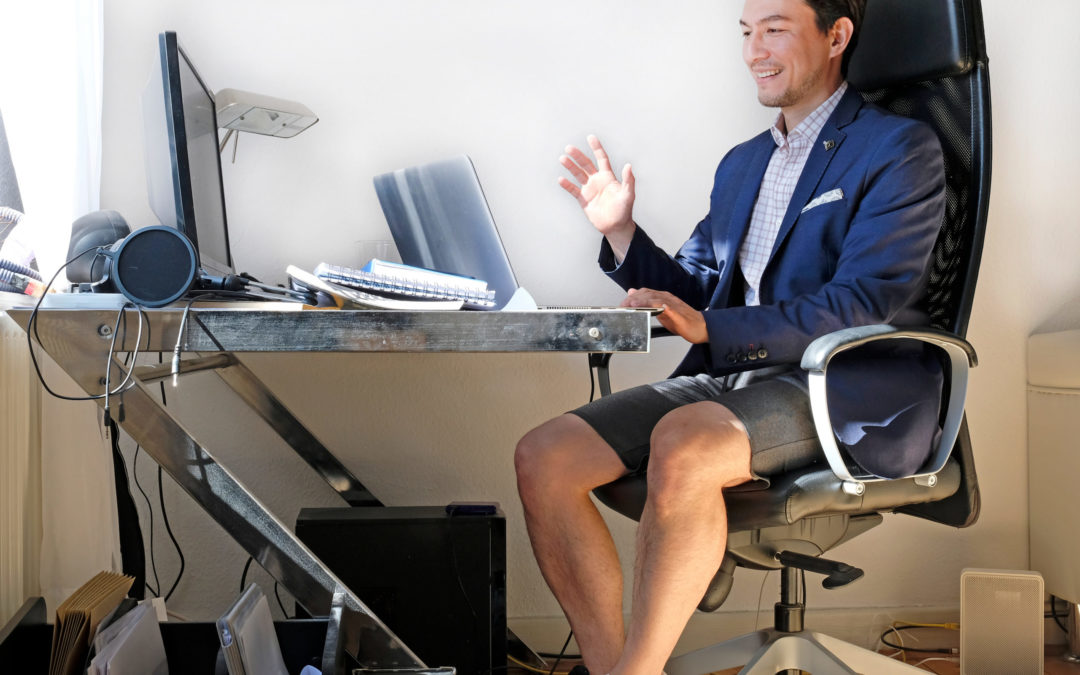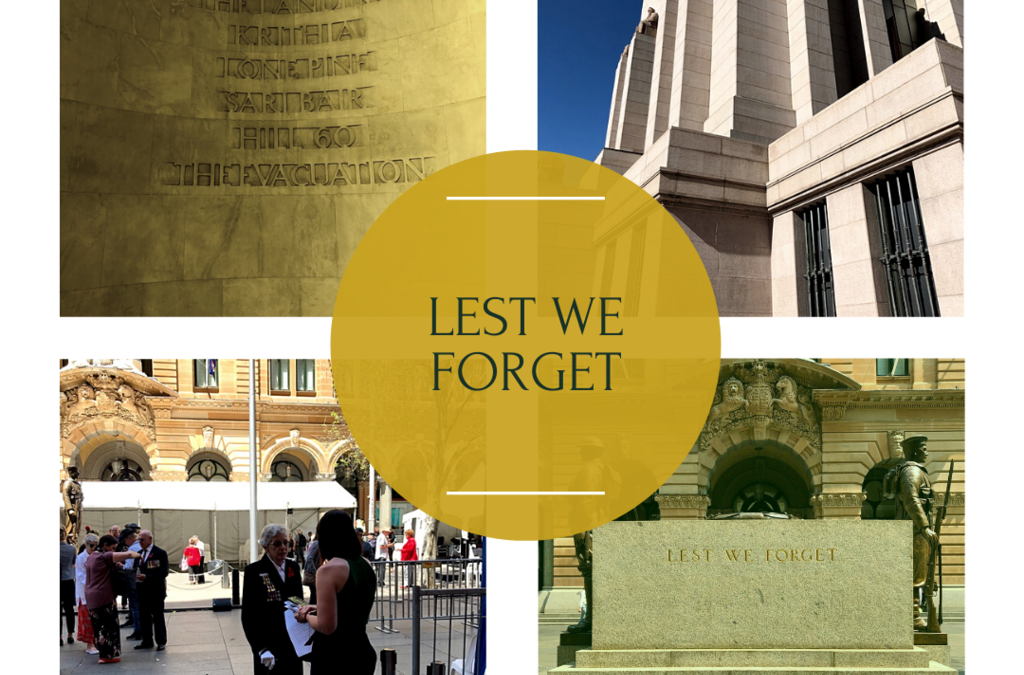
by CHRC | Nov 24, 2020 | Agility, Corporate Culture, Diversity, Equity, Inclusion, Future of Work, Human Capital, Leadership Agility, Performance Management, Performance Reviews, Productivity, Strategy, Work Place
This past year has turned our idea of the workplace inside out, upside down, and cattywampus. While many look at this year as productivity lost or teamwork put on pause, there’s also much to be gained from rethinking the idea of the workplace. Are people really most productive while sitting in their cubicle all day—sans distractions? Distractions happen wherever you are. Distractions used to be colleagues talking about fantasy football picks, latest cat photos, or extended group lunches. Now distractions are crying babies, Instacart deliveries, or unstable Zoom connections. There is no evidence that productivity suffers if not in the office.
Workplace should mean just that, the place in which you do your work. It shouldn’t matter if it’s a cubicle, your kid’s room that has the best Wi-Fi, a Starbucks patio, or on a conference call in line for a COVID-19 test. The pandemic has forced most of us to figure out where we get our BEST work done.
As this fantastic article mentions, organizations must shift from “who” should be in an office to “what” should happen in a shared space. Client phone calls, creative brainstorming, cold calling, brief writing, Excel spreadsheeting—as we reimagine what the workplace is, let’s focus more on the quality of work and less on where the work is being done. Technology has allowed us to rewrite the entire premise of the office. As we move into a new year—and a continuously morphing workplace—management skills, competency assessments, and performance reviews must evolve to match.

by CHRC | Nov 17, 2020 | Corporate Culture, Covid-19, Human Resources, Work From Home
By Lisa Aggarwal
I really thought that I was prepared.
As a Catholic school student, I endured endless detention threats regarding dress code violations. As an HR professional, I have mediated endless dress code disputes. I’ve coached clients on how to appear more professional via their attire. Corporate offices were previously “business casual,” now they are “CASUAL casual.” It seems that so much of our culture is linked to our external appearance. We are even taught to dress for the role we seek. I thought I had nailed how to dress for success.
But this is a new day. Just as Chicago has issued a new stay-at-home advisory for the next 30 days in response to rising Covid-19 cases, I get hit with these two articles. On the same day, within five minutes.
We know that video conferences and remote work have opened a gateway to a more casual corporate uniform–but are sweatsuits the new power suit? Sometimes I will throw a blazer on to give the impression I mean business (all while wearing my yoga pants)…but now I need one with shoulder pads? Maybe I should just keep a “Zoom shirt” in my office (by office, I mean kitchen) for video conferences and call it a day. Hopefully I don’t end up like one of my countless friends who accidentally have stood up during an online meeting only to expose their pajama bottoms.
Today, it seems that most of us are just seeking comfort, in any form. Perhaps this will cause a subliminal shift to pay less attention to external appearance and more to an employee’s value and contribution. Or one can only hope!
How has your business handled dress codes, or lack thereof?

by CHRC | Nov 10, 2020 | Community, Covid-19, Human Capital, Inspiration, Leadership, Sacrifice
Every last one of us is experiencing COVID-19 Fatigue, and we’ve only been at this eight months.
A year ago I was in Australia for Remembrance Day. When I realized I would be there on the 11th of November, I knew where I had to be at 11 am. At the Cenotaph in Sydney, an older female veteran caught my attention, medals and all.
I first became aware of the outsized sacrifice of Australian and New Zealanders (ANZACs) in WWI, when I heard a folk song called “The Band played Waltzing Matilda.”
What the soldiers had to deal with when they came home in 1919? A pandemic. A year ago, I nodded in historic empathy, “Imagine, after nearly four years of war, all that sacrifice, for a small nation of 4.5 million when war broke out.” Nearly 62,000 soldiers died, to then come home and have an additional 15,000 people die from a pandemic?
It is November 11th again. We want to complain about pandemic exhaustion, but what we label exhaustion will never begin to compare to those that survived WWI only to battle through the 1918-1919 pandemic. We may go to war for the last roll of toilet paper, or battle with our loved ones to stay in or wear masks, but in the face of true sacrifice, it truly dims.



